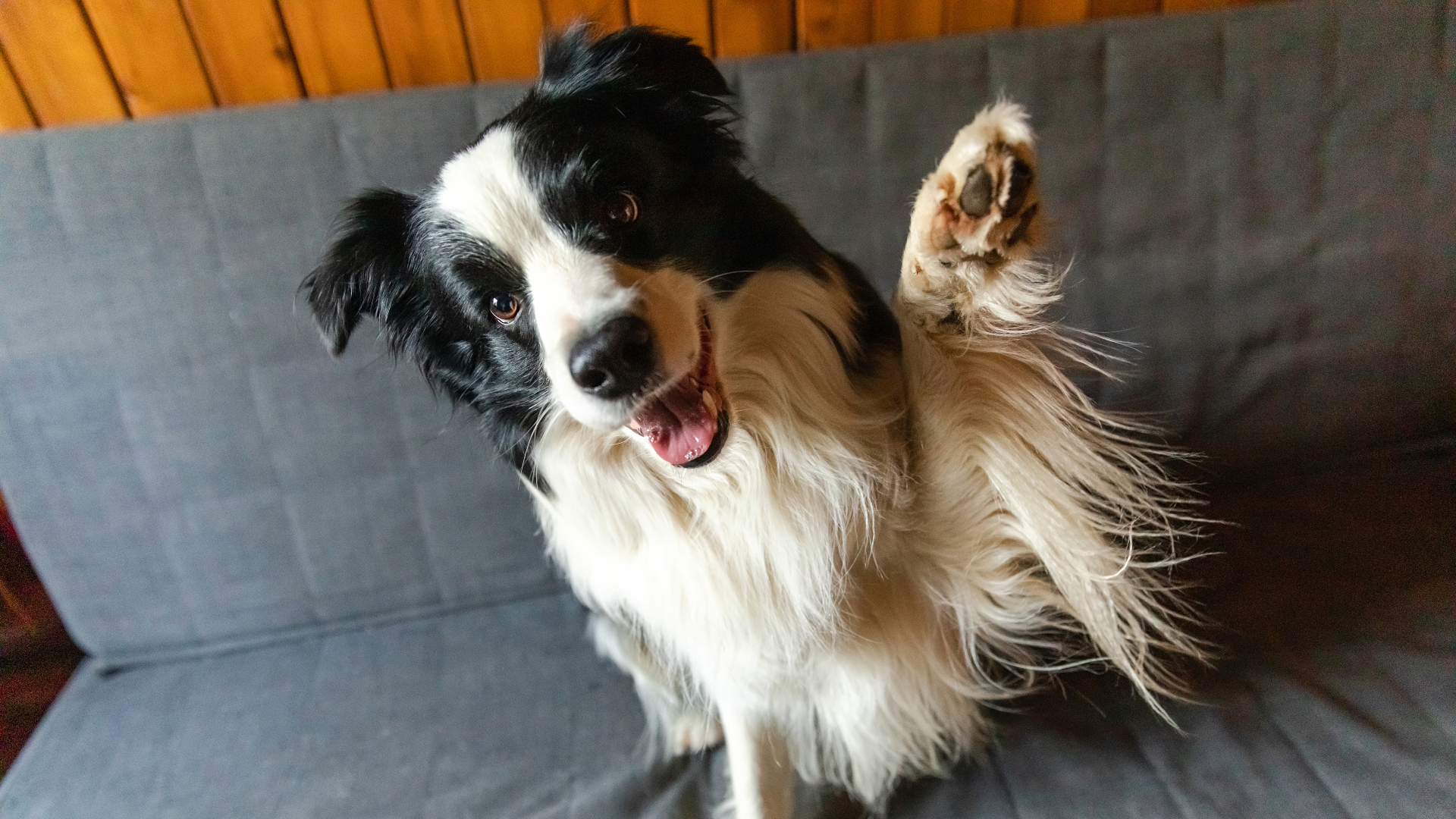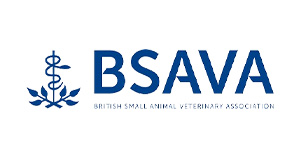Canine Ladder of Communication: Understanding Dog Body Language
Published on: Aug 23, 2023
The canine ladder of communication (sometimes called the ladder of aggression) is the series of steps dogs typical show when exposed to stress and fear. Dogs are a highly social species. They communicate through body language that can be very subtle to our eyes but is clear to fellow dogs. As dogs become more upset, their body language is likely to change and in doing so, they advance up the ‘ladder’.
By recognising these signs of stress, we can look at the cause, and find a way to work through this – either by changing the situation or training, or both. There are so many reports of a dog ‘biting out of nowhere’ but this is rarely the case.
As a warning, if you notice your dog is showing signs of stress in a situation, they have normally been fine with – please get them checked out by a vet. Pain is a common cause of behaviour change. Just as we can become less tolerant when we are in pain, so can dogs. For dogs displaying behaviour further down the ladder, once pain has been ruled out, we highly recommend speaking to a veterinary behaviourist or accredited behaviourist for help – please do contact us if you would like more information.
When these early warning signs are ignored, or the level of threat intensifies, dogs escalate their behaviour – ‘moving up the ladder’. They are doing this to stop the situation and if these early signs are ignored, they move to more obvious signals, ending with the ones that we are more familiar with such as growling, snapping and biting. This escalation can occur very quickly, or over a period when the appeasement behaviour is continually ignored.
If earlier behaviours are ignored (such as lip licking, turning head away etc) but growling proves effective, dogs can also learn to switch straight to this response in the case of future instances of stress/fear, therefore leading to faster escalation. Another term that plays a part here is ‘trigger stacking’, where repeated stressful/fearful events happen in close succession that a dog doesn’t have the chance to reach emotional homeostasis in between, i.e., the stress from an earlier event influences the reaction to the next.
The steps are listed below, however, remember that all dogs are individuals. They may not show all behaviours on the ladder, and they may not follow the steps in a specific order. Different dogs react to situations differently, it is our job to interpret how they are feeling.
The steps
Yawning, blinking and nose licking
- Yawning – can show tiredness, but usually a way to relieve tension. It is often a first signal that a dog is uncomfortable.
- Nose-licking – a self-comforting behaviour. Dogs may also lick the nose of face of an animal or person they wish to leave them alone, to show they are not a threat. A ‘give me space’ lick.
- Blinking/closing of eyes – also showing that they are not a threat. Dogs may also offer a paw
Looking away
- Turning a head away shows that they are looking to end a social interaction. They may also look away with their eyes and the whites will be visible ‘whale eye’.
- This is a clear sign they are uncomfortable as they are trying not to engage with you
Turning body away, sitting, pawing
- Asking for space, they may walk away, or sit and keep pawing something away
Walking away
- A clear signal. If you block their space, they will likely move up the ladder
Creeping, ears back
- Creeping: a dog looks more nervous, can see the whites of their eyes as they walk away.
- May lick their lips and raise a paw; they may also sink to the ground as they move away slowly
Standing crouched, tail tucked under
- A very unsure and nervous dog, making themselves smaller and less threatening. Give them space
Lying down, exposed belly
- Again, a very worried dog. Completely different to a playful roll and often accompanied by the signs seen above and is not an invite for belly rubs
- They are often very still, ‘frozen’ in place
Stiffening up, staring
- This is the fight-or-flight response. If they stay still, the perceived threat may go away – you must retreat at this stage, or the dog will likely progress up the ladder
Growl
- A clear sign that you have an unhappy dog. Other steps have been ignored (if not this time, then previously). It is important that you do not reprimand a growl – if you do – they have a higher chance of skipping this step next time and going straight to a snap or bite. It is imperative that the source of the stress/fear is determined and rectified instead.
Snapping
- A clear warning signal
Bite
- If everything else has failed, this is the final resort.
Vet Leanne






Author –
Leanne Hubbard
Learn to “speak dog” with the Canine Ladder of Communication! Understand dog stress signals like yawning, growling & biting to prevent aggression.
dog body language | canine communication | dog stress signals | dog aggression | calm dog signals | dog bite prevention | understanding dogs | deciphering dog behavior | Shepton Vets
More Articles from Leanne
More Articles
Caring for your pet as we do our own

At Shepton and Wells Vets, we understand what your pets mean to you, and so our Pets team aim to care for each and every one of them as we would do our own.
We care about your pet
Our primary focus is keeping them fit, happy and healthy with comprehensive and effective preventative healthcare, advice and treatment.
We care about you
We aim to communicate clearly and honestly with you, and discuss different treatment options so that you can make the right informed choices for you and your pet.
We care about clinical excellence
We take pride in providing a high level of medical and surgical care, working together as a team to do the very best we can for your pet.
















